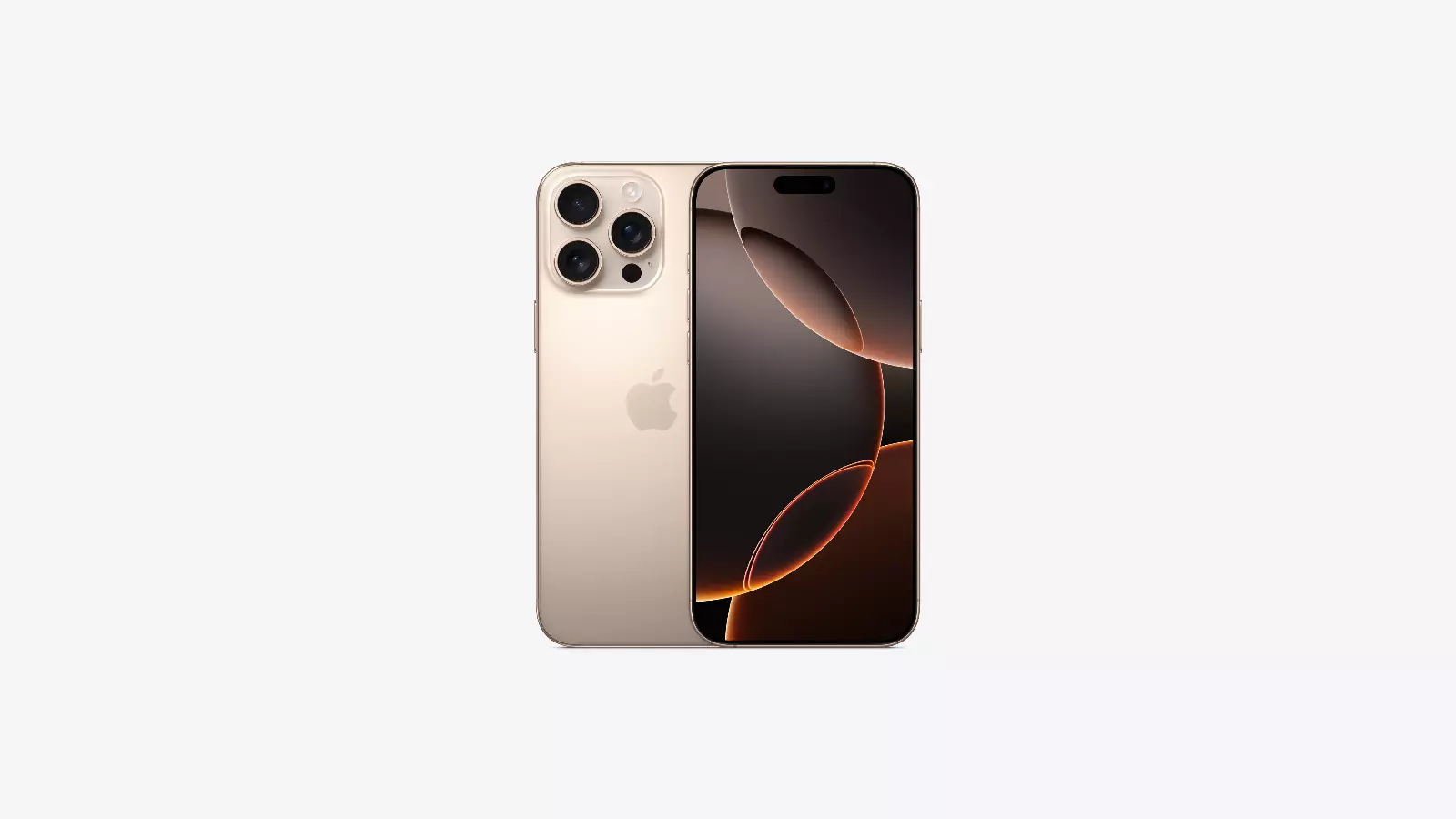Apple’s latest iPhone sales figures show a mixed performance across different regions, with results surging in falling in different regions. The company reported strong sales in areas where its new Apple Intelligence features are available – including major English speaking nations like Australia, Canada, New Zealand, South Africa, the UK, and the US. CEO Tim Cook attributes the success to the advanced AI capabilities now integrated into iPhones in select markets.
Apple’s iPhone sales are rising globally, but the situation in China is different. Several market analysis firms report a decline in iPhone shipments there due to several factors. Increased competition from local brands like Huawei, Vivo, and Oppo is one reason. These brands offer attractive features at lower prices. Additionally, some analysts believe that national pride is affecting consumer choices, with some people preferring local brands over foreign ones.
It’s important to understand that even though Apple’s global sales are up, the challenges in China are significant. The company’s performance in China is crucial for its overall success, and market watchers pay close attention to it. While Apple promotes its AI-driven features as key to growth, it must address the specific challenges in China to keep its momentum going.

This regional disparity highlights the impact of Apple Intelligence on consumer demand. Countries with access to these AI-powered features are seeing higher iPhone adoption rates compared to the previous year. The trend suggests that customers value the enhanced functionality and are more likely to upgrade their devices.
Apple’s strategic rollout of AI features appears to be paying off in terms of sales. However, the company faces challenges in markets where Apple Intelligence is not yet available. This uneven global distribution of AI capabilities may explain the overall slight dip in iPhone revenue during the recent holiday quarter.
Decoding Apple’s iPhone Sales Surge
AI’s Impact on iPhone Demand
Apple’s recent announcement of increased iPhone sales has sparked considerable discussion. The company explicitly cited the integration of artificial intelligence (AI) as a key driver of this growth. This is a significant development, especially considering recent analyses suggesting a potential slowdown in the overall smartphone market. It indicates that consumers are responding positively to AI-driven features within the iPhone ecosystem. Apple’s strategy of focusing on AI enhancements, such as improvements to Siri, camera capabilities, and personalized user experiences, appears to be paying off. While specific sales figures remain undisclosed, the company’s claims point to a positive trajectory, particularly in strategically important markets.
Key AI-Powered Features Driving Sales
Several AI-powered features are likely contributing to the increased iPhone sales. These include:
- Enhanced Camera Functionality: AI is being used to improve image processing, enabling better low-light photography, scene recognition, and automatic adjustments.
- Siri Enhancements: Siri’s ability to understand context and handle more complex requests has been significantly improved through AI.
- Personalized User Experience: AI algorithms personalize various aspects of the iPhone experience, from suggesting apps to curating content.
Competitive Landscape and Future of iPhones
Apple’s emphasis on AI is a strategic move to differentiate its iPhones in a highly competitive market. The company’s continued investment in AI research and development suggests that future iPhones will likely offer even more sophisticated AI-driven features. Analysts expect to see further integration of AI in areas like augmented reality (AR), health monitoring, and seamless integration with other Apple devices.

Comparing iPhone Models
Choosing the right iPhone can be tricky. Here’s a brief comparison of some current models:
| Model | Key Features | Pros | Cons |
|---|---|---|---|
| iPhone 15 Pro Max | Advanced camera system, powerful A17 Bionic chip, durable design | Top-of-the-line performance, excellent camera | Most expensive option |
| iPhone 15 | A16 Bionic chip, improved camera, USB-C | Great balance of features and price | Not the absolute best camera |
| iPhone SE (3rd Generation) | A15 Bionic chip, compact design | Most affordable iPhone | Smaller screen, older design |
The Broader Impact of AI on Smartphones
Apple’s success with AI-driven iPhones highlights a broader trend in the smartphone industry: AI is becoming a crucial differentiator. Other manufacturers are also investing heavily in AI, leading to a wave of innovative features across the board. We can expect to see continued advancements in AI-powered camera systems, voice assistants, personalized user experiences, and more. This competition is ultimately beneficial for consumers, as it drives innovation and leads to better smartphones.
Beyond Smartphones: AI in the Apple Ecosystem
Apple’s AI strategy extends beyond just iPhones. The company is integrating AI into its entire ecosystem of devices and services, including iPads, Apple Watches, Macs, and its various software platforms. This interconnected approach allows Apple to create a more seamless and intelligent user experience across all its products. For example, AI is being used to enhance the Apple Watch’s health tracking capabilities, personalize music recommendations on Apple Music, and improve the performance of various apps across Apple’s platforms. This integration is a key part of Apple’s long-term vision for its products and services. As AI technology continues to advance, we can expect even deeper integration and more innovative applications of AI across the entire Apple ecosystem.
Key Takeaways
- iPhone sales are up in regions with Apple Intelligence features
- AI capabilities are driving consumer demand for new iPhones
- Apple faces sales challenges in markets without AI features
Analysis of iPhone Sales Performance
Apple’s recent increase in iPhone sales is attributed to its strategic use of artificial intelligence, which has enhanced user experience despite potential market slowdowns. This success highlights the critical role of AI in the tech industry, allowing Apple to differentiate its products and capture market share. Key advancements include improved camera features, enhanced Siri capabilities, and personalized user experiences. Overall, Apple’s emphasis on AI represents a significant shift in smartphone design and marketing, influencing the future of mobile technology.
iPhone sales performance shows mixed results across regions, with Apple Intelligence playing a key role in driving consumer interest and purchases.
Regional Sales Insights
Apple’s iPhone sales varied significantly by region. The Greater China region experienced an 11.1% decline in sales, indicating challenges in this important market. Europe showed stronger performance, with iPhone sales remaining steady or slightly increasing.
The U.S. market demonstrated resilience, with iPhone sales holding relatively stable. Emerging markets in Asia and Latin America saw growth in iPhone adoption, offsetting some of the declines in other regions.
Product Line Contribution
Different iPhone models contributed variously to overall sales figures. The iPhone 16 family performed well in markets where Apple Intelligence was available. This suggests the new AI features attracted consumer interest.
The iPhone 15 continued to sell steadily, appealing to price-conscious consumers. Budget-friendly models like the iPhone SE maintained their appeal in emerging markets, contributing to Apple’s market share in these regions.
Impact of Apple Intelligence
Apple Intelligence emerged as a significant factor in iPhone sales performance. Markets with access to Apple Intelligence features saw stronger year-over-year performance for the iPhone 16 family.
This AI-driven technology piqued consumer interest, potentially driving upgrades and new purchases. The integration of AI features like improved voice recognition, smart photo editing, and personalized user experiences likely contributed to the iPhone’s appeal in these markets.
However, regions without Apple Intelligence availability saw more modest iPhone sales growth. This disparity highlights the importance of AI features in driving consumer demand in the competitive smartphone market.
Frequently Asked Questions
Apple’s iPhone sales and the impact of Apple Intelligence have sparked numerous inquiries. Recent data reveals interesting trends across different markets and product lines.
What are the latest figures for iPhone sales growth in different regions?
iPhone sales have shown varied growth across regions. North America and Europe have seen modest increases of 2-3%. Asia-Pacific markets, excluding China, reported 5-7% growth. Latin America experienced a 4% rise in iPhone sales.
Has Apple’s introduction of Apple Intelligence impacted its earnings?
Apple Intelligence has positively affected earnings. Q4 2024 revenue reached $94.9 billion, with sales increases in most divisions. The iPhone 15 and legacy models contributed significantly to this growth.
In which markets is Apple experiencing the highest increase in iPhone sales?
Asia-Pacific markets lead in iPhone sales growth. India and Southeast Asian countries have shown double-digit increases. Japan and South Korea also report strong sales figures for the latest iPhone models.
What is the average profit margin for Apple on each iPhone sold?
Apple’s profit margins on iPhones remain high. Estimates suggest a 60-65% gross margin on premium models. Entry-level iPhones maintain a 50-55% profit margin. These figures vary based on specific models and storage capacities.
How does Apple’s recent sales performance compare to previous quarters?
Recent sales performance shows improvement. Q4 2024 saw a 4% revenue increase compared to the same period last year. iPhone sales dipped slightly during the holiday season but rebounded in the following quarter.
What factors are contributing to the change in iPhone sales across various regions?
Several factors influence iPhone sales changes. The introduction of Apple Intelligence has boosted interest in newer models. Economic conditions in different regions affect purchasing power. Competition from local smartphone brands impacts market share in some countries.







